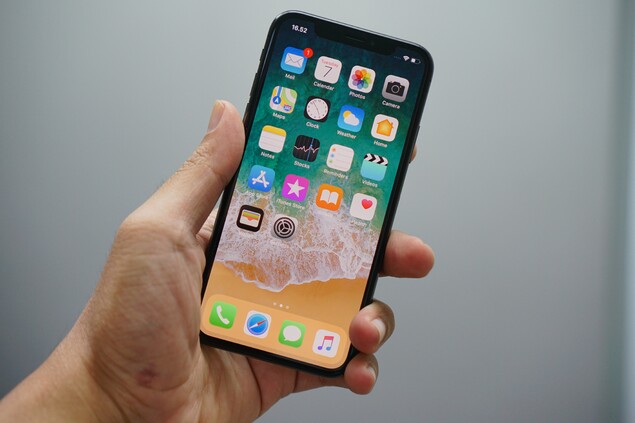Last year, Meta introduced Aggregated Event Measurement (AEM) as a response to iOS 14.5 privacy and data tracking policies. AEM is Meta’s solution to limiting the amount of personal data used to facilitate reporting and ads optimization. This tool serves as an alternative to using Apple’s solution which is called Private Click Measurement.
The new solution lives in Events Manager and facilities the configuration and prioritization of web events used in Meta campaigns. We find that a lot of advertisers feel like they are flying blind when they enter Events Manager, and it’s understandable. There are a lot of moving parts and changes can seem mysterious and intimidating. Although AEM was released months ago, there are still a lot of fundamental misunderstandings about the tool floating around.
With AEM, it is important to understand the “why” and then break down the system from there. It is also important to remember that changes in AEM only impact iOS 14.5+ users that have disabled tracking in Facebook and Instagram. For all other users, it is basically business as usual.
So, the “why”. Why do the events have to be configured and prioritized? Because Meta is only allowed to track and report on one event per iOS 14.5+ user. Let’s say a user goes through the following event flow: Landing Page View → Add To Cart → Purchase. You prioritized Purchase as your #1 event in AEM. Facebook will only report the Purchase from that user. Therefore, Landing Page Views and Add To Carts will be underreported on the platform.
AEM limits advertisers to 8 conversion events that they are allowed to collect data and report on for iOS 14.5+ users. These events must be configured and prioritized in order to work as intended. Meta will initially configure this for you based on your Ad Account history. However, Social Bulldog recommends giving this a second look and adjusting accordingly. When you’re exploring AEM, keep in mind the following:
- The order of event prioritization should reflect your purchase funnel, with the most bottom funnel action being #1.
- You may only submit changes to the priority of your events every 72 hours.
- You can still optimize campaigns for non-prioritized events, but you will not see reporting passed back for people on iOS 14.5+ who opted out of tracking.
- If you want to turn on Value Optimization in your Event Priority, this will account for four events. Value Optimization is only important if you intend on using a ROAS based bidding strategy.
AEM will continue to evolve as more privacy policies are introduced by operating systems and browsers. Prepare to understand the “why” behind each new solution to ensure smooth adjustments with every change!




